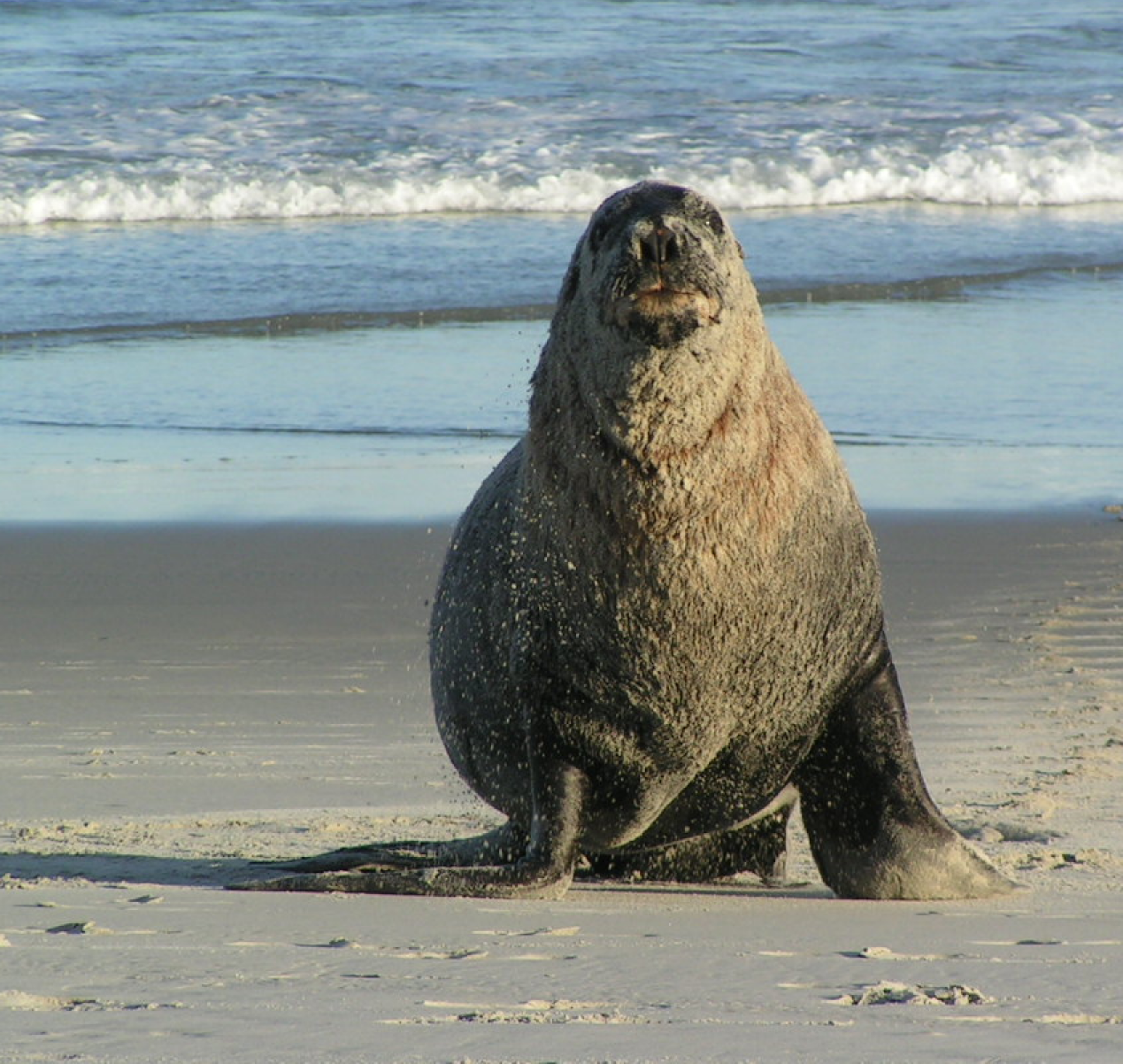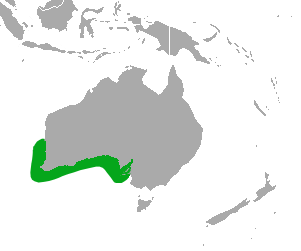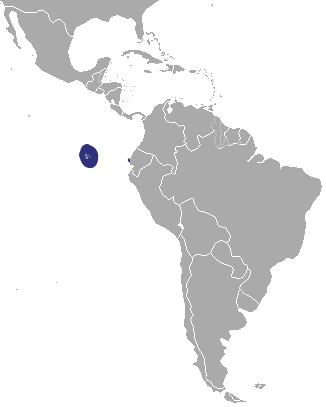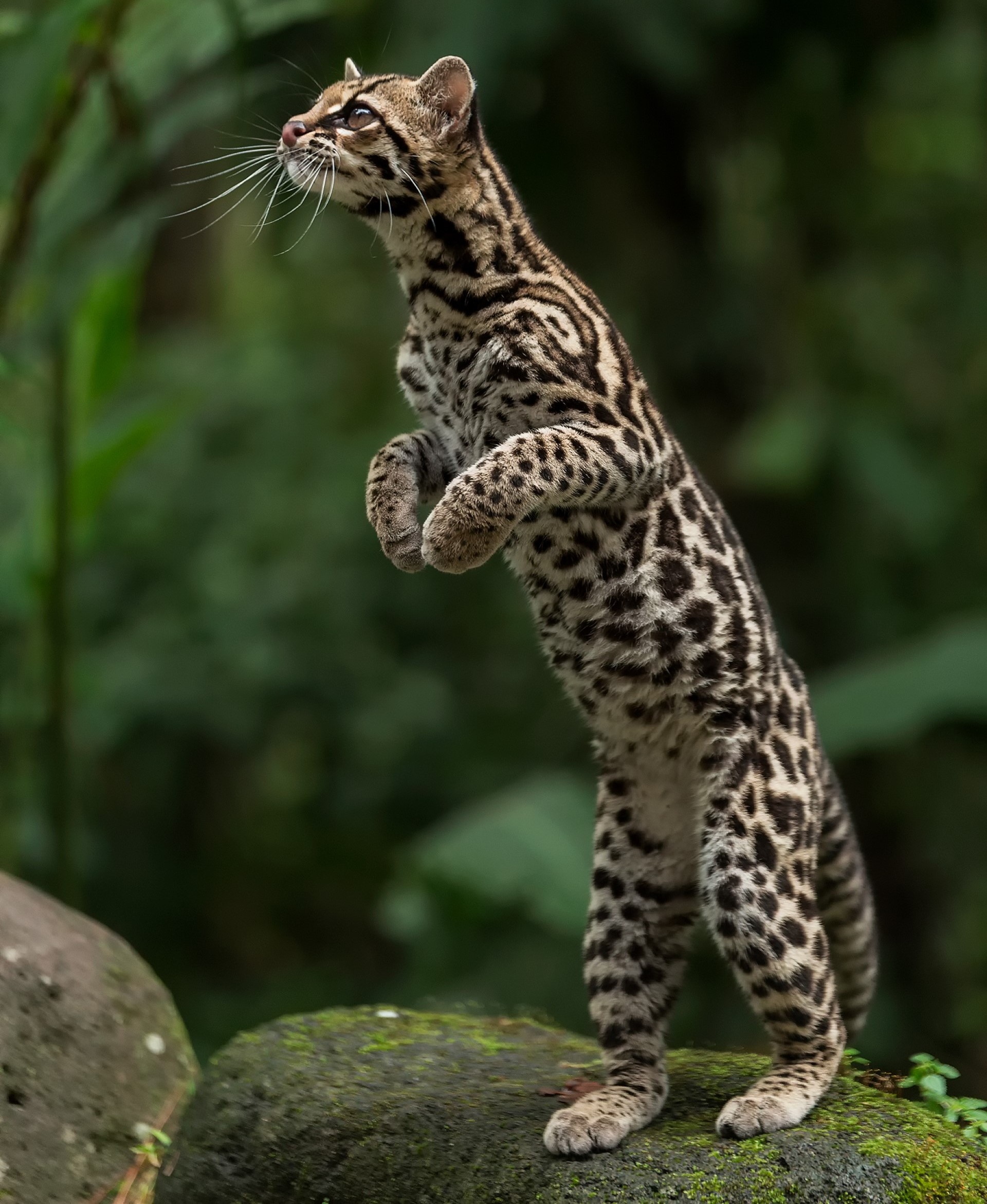The coast guards released a total of 446 baby turtles, that had hatched from 736 eggs that were recovered. As one of the most biodiverse countries in the world, 5 of the 7 wild turtles live in this country. Sea turtles, however, have very low survival rates. It is thought that 1 in 1000 survive to adulthood.
Climate change is also a huge threat, as rising sea level rises, are destroying the beaches that have been historically been used to lay their eggs. It is true, that they are likely to move to new beaches, but it is likely that many of these, will prove unsuitable – thereby loosing many nests. Given the endangered status of 6 out of 7 sea turtles, a period where few survive until they find a new beach, would likely make this far worse. Another issue with climate change, is that the sex is turtle is worked out on the basis of the nest temperature.
This means that far more females are being born than 50%, meaning that there are fewer males to fertilize the female eggs, and therefore, there are fewer that can grow into turtles. This could well lead to extinction of all sea turtles over time.



 only endemic pinniped found in
only endemic pinniped found in  the west coast of north America. On this map, the navy blue marks the breeding rance, while the light blue shows the total range that they can be found in. It should be noted, that previously the Japanese and Galapagos sealion were both considered subspecies of the Californian species, but no longer. They can stay healthy, for a time, in fresh water, and have been seen living for a while in Bonneville dam – 150 miles inland.
the west coast of north America. On this map, the navy blue marks the breeding rance, while the light blue shows the total range that they can be found in. It should be noted, that previously the Japanese and Galapagos sealion were both considered subspecies of the Californian species, but no longer. They can stay healthy, for a time, in fresh water, and have been seen living for a while in Bonneville dam – 150 miles inland. on all of the Galapagos Islands, as well as (in smaller numbers) on Isla de la Plata, which is just 40km from Puerto López a village in
on all of the Galapagos Islands, as well as (in smaller numbers) on Isla de la Plata, which is just 40km from Puerto López a village in  known as the Hooker sealion) is native to south island, though before 1500 it is thought that it was also found on north island. They tend to breed on Subarctic islands of Auckland and Campbell (99% of the pups are born in these islands). In 1993, sealions started breeding on South Island again for the first time in 150 years.
known as the Hooker sealion) is native to south island, though before 1500 it is thought that it was also found on north island. They tend to breed on Subarctic islands of Auckland and Campbell (99% of the pups are born in these islands). In 1993, sealions started breeding on South Island again for the first time in 150 years.











